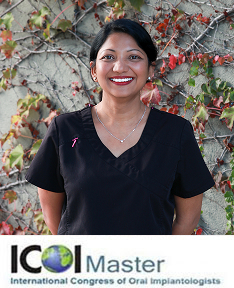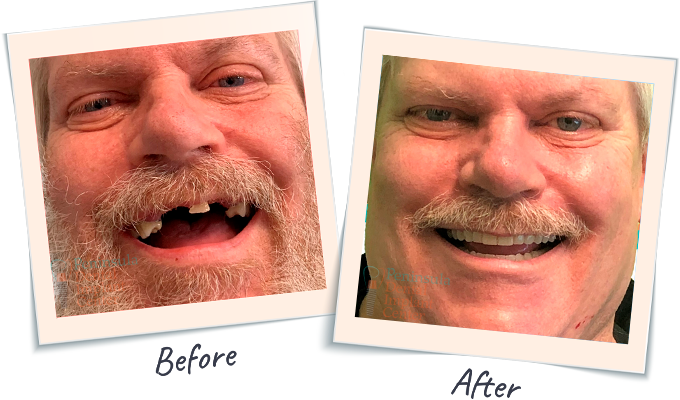One of the reasons that patients choose Peninsula Dental Implant Center is our state-of-the-art facility. Our team understands
3-Dimensional CAT scan machine

We consider 3D CT imaging an invaluable tool for what we do. In
Our CAT scan machine creates high-definition 3-dimensional images though which we gain the most precise view of the maxillofacial and oral anatomy. At the same time, CT scanning emits very low radiation.
Seeing what we need to see BEFORE surgery eliminates guesswork and surprises.
Intraoral scanner
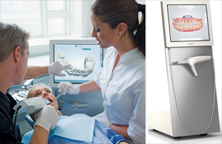
The standard impression process can be messy, uncomfortable, and inefficient. Peninsula Dental Implant Center uses the TRIOS® digital impression solution to obtain accurate impressions in the most convenient, comfortable manner. The degree of precision achieved with this system means less time in the chair and fewer appointments.
Digital X-Rays
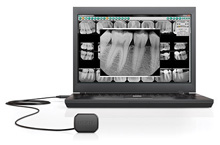
Film x-ray processing has become outdated due to the development of innovative new systems. Always at the forefront of advanced technology, our team has used digital x-ray equipment for several years. Not only is digital imaging more efficient but it is also more comfortable and healthier for our patients, emitting 80 percent less radiation than standard x-rays. Once we capture the desired image, it is transferred immediately to our software program. Here, we can closely analyze specific areas of the teeth as well as nearby structures.
CEREC CAD/CAM
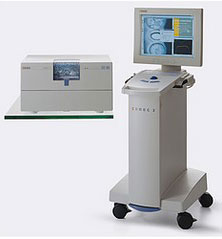
We believe in quality work in as few visits as possible. Many of our patients appreciate the ability to complete restorative care in a single visit using CAD/CAM technology. CEREC restorations, including full crowns, inlays, onlays, and porcelain veneers, can all be custom-designed and fabricated right here in our office in just one day.
Timeliness is a clear advantage of CEREC, but not the only one. We committed to this system because the restorations we create from compressed porcelain are incredibly durable while also looking like natural enamel. The strength of compressed porcelain outperforms layered porcelain, such as is used in most dental labs. For this reason, CEREC restorations may last decades. The process is also extremely convenient, requiring no messy impressions and no temporaries.
Although CEREC is a straightforward technique, it is highly sensitive. We have extensive training and clinical experience in the use of CAD/CAM and the in-house milling of custom restorations. The procedure used requires only a few steps. First, we prepare the tooth by removing unhealthy material. We then shape the tooth so that it will properly retain the restoration. We take a digital image of the tooth as well as a digital impression. Images are transferred to a computer screen on which we design the new restoration with specialized software. Specifications are sent to the in-house milling machine, which processes data and carves the restoration from a block of porcelain. This step takes only about 15 minutes. Once we verify the fit, shape, and color of the restoration, we bond it over the prepared tooth. In about an hour, you are on your way!
Intraoral Camera
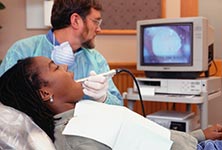
Have you ever wondered what your dentist sees when examining your teeth? The intraoral camera allows us to share with you exactly what is going on in your mouth. Our small camera fits comfortably in the mouth and it can be moved over various areas at different angles to identify areas of concern. On our large computer screen, we can zoom in as needed to gain accurate diagnostic information.
Computer Guided Surgery
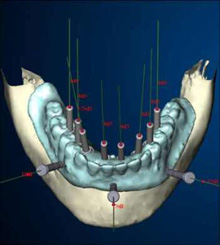
In the late 1980s, when computer tomography entered the field of dentistry, the way dental implant treatment was conducted improved significantly. Technology, from that point on, became integral to the successful restoration of teeth. Incorporating CT into the planning of dental implants, we gain the more accurate information related to anatomical structures in the mouth and face before we are ready to insert the dental implants.
Microscopic Surgery
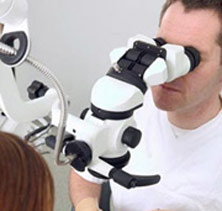
The Surgical Operating Microscope, or SOM, enables us to view the finest details of teeth, soft tissue, and bone structures. Alone, the naked eye may miss the earliest signs of decay and disease or other subtle changes to teeth and surrounding tissue. With magnification, our diagnostic process is far more accurate and efficient.
Laser and Piezoelectric Surgery
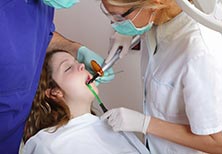
Historically, surgical incisions have been made with a scalpel. Naturally, incisions have a tendency to bleed and require time for optimal healing. Advances in technology have made it possible for skilled surgeons to complete most procedures without a scalpel. At Peninsula Dental Implant Center, we complete many implant procedures without making a single cut. Using the latest laser equipment, we also greatly decrease post-surgical soreness.
EKG Monitoring
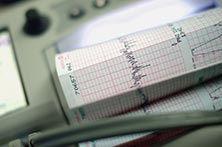
EKG, or electrocardiography, achieves real-time monitoring of cardiovascular activity. EKG machines are found in medical offices, and we believe it is also an important piece of equipment for the dental office. Our team has the necessary training through which monitoring and interpretation are efficiently completed. We also have specific training in emergency medical care.


